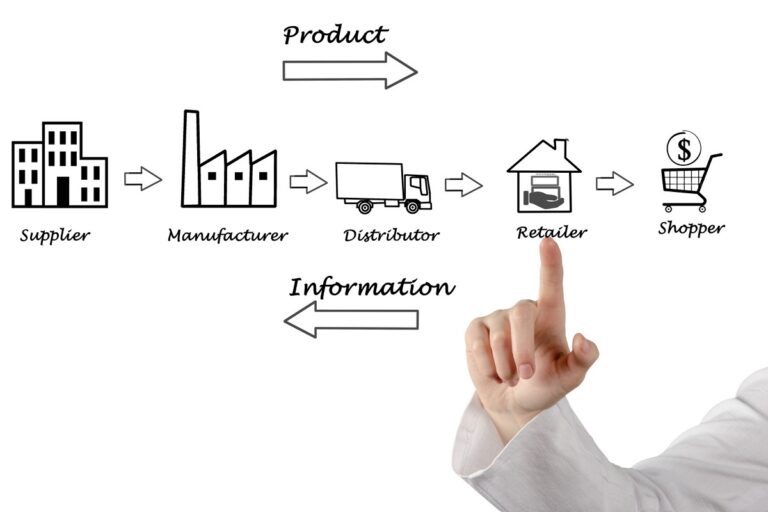In today’s fast-evolving business environment, where companies rely on a complex web of third-party suppliers and vendors for various services and products, cybersecurity has become a critical concern. Cyberattacks and data breaches are on the rise, and organizations of all sizes are at risk. One often overlooked aspect of cybersecurity is the security of third-party suppliers. In this article, we’ll explore why conducting 3rd Party Supplier Security Assessments is essential, the implications and risks of neglecting it, how to gain boardroom approval and funding, and why it matters to businesses of all sizes.
The Need for 3rd Party Supplier Security Assessment
– The Evolving Threat Landscape
The cybersecurity threat landscape is continually evolving. Cybercriminals are becoming more sophisticated, targeting not only large enterprises but also small and medium-sized businesses (SMEs). They exploit vulnerabilities wherever they find them, including within the supply chain. Weak links in the supply chain can be a lucrative entry point for attackers.
– Increased Regulatory Scrutiny
Regulators are paying closer attention to data security. Laws and regulations like the General Data Protection Regulation (GDPR), and the California Consumer Privacy Act (CCPA) have stringent requirements for data protection. Then there’s the updated EU NIS2 security requirements for supply chains, and boardroom accountabilities at an individual level for non-compliance is certainly making executives take an interest in their cyber security posture. Not to mention, what non-compliance can do for an organisations reputation, and the hefty fines that come with it.
Implications and Risks of Neglecting Supplier Security
– Data Breaches
Failing to assess and secure third-party suppliers can lead to data breaches. When a supplier is compromised, the organization’s data is at risk, potentially exposing sensitive customer information and intellectual property. The financial and reputational damage can be catastrophic.
Take for example, the reputational hit on Target (no pun intended), a US retail giant, when hackers deliberately targeted their HVAC Supplier to gain access to their network, 70 million PII records and over 40 million members credit card information. For full article see https://www.csoonline.com/article/548244/security0-11-steps-attackers-took-to-crack-target.html
– Legal and Regulatory Consequences
Non-compliance with data protection laws can result in legal actions and regulatory fines. The costs associated with legal defence, fines, and reparations can be financially devastating for businesses.
– Reputational Damage
A security incident involving a supplier can tarnish a company’s reputation. Customers and partners may lose trust, leading to a loss of business opportunities and revenue.
Gaining Boardroom Approval and Funding
– Building a Compelling Business Case
To secure boardroom approval and funding for 3rd Party Supplier Security Assessment, present a compelling business case. Highlight the potential risks, costs of a breach, and the benefits of proactive supplier security. Emphasize the legal and regulatory implications and demonstrate how compliance can protect the organization.
– ROI and Cost-Benefit Analysis
Perform a cost-benefit analysis to show that investing in supplier security assessments is cost-effective compared to the potential costs of a breach. Highlight the ROI in terms of risk reduction and reputation preservation.
Importance for Businesses of All Sizes
Supplier security assessments are not exclusive to large enterprises. SMEs are equally vulnerable to cyber threats and data breaches. In fact, they can be more appealing targets for attackers, as in the case above of US retail giant Target highlighted above, due to potentially weaker security measures. SMEs should prioritize supplier security assessments as a proactive measure to safeguard their operations and customers.
Risk-Based Approach
Not all suppliers pose the same level of risk. Implement a risk-based approach to supplier security assessments. Focus more resources on high-risk suppliers while streamlining assessments for lower-risk ones. This ensures that efforts and resources are allocated efficiently.
How SMEs Can Perform Cost-Effective Supplier Security Assessments
SMEs may have limited resources but can still conduct effective supplier security assessments:
– Leverage Trusted Partners
Collaborate with trusted cybersecurity partners who specialize in supplier assessments. They can provide expertise and tools to streamline the process cost-effectively.
– Standardized Assessments
Develop standardized assessment questionnaires and checklists that can be used for multiple suppliers. This reduces the time and effort required for each assessment.
– Continuous Monitoring
Implement continuous monitoring of supplier security practices rather than relying solely on periodic assessments. This provides real-time visibility into potential risks.
In conclusion, 3rd Party Supplier Security Assessment is not just a best practice; it’s a necessity in today’s business environment. Neglecting it can lead to data breaches, legal consequences, and reputational damage. To gain boardroom approval and funding, build a compelling business case based on ROI and cost-benefit analysis. Remember that businesses of all sizes, including SMEs, are at risk and should prioritize supplier security. Implement a risk-based approach and leverage trusted partners to perform cost-effective assessments. By taking these steps, organizations can protect themselves, their customers, and their reputations in an increasingly interconnected world.
Author: George Parnell – Parnell Consulting, Managing Director



